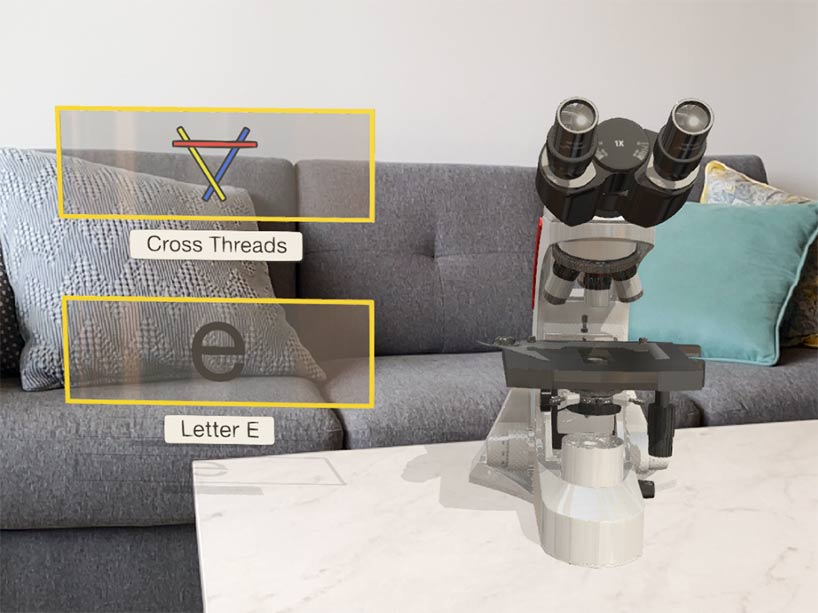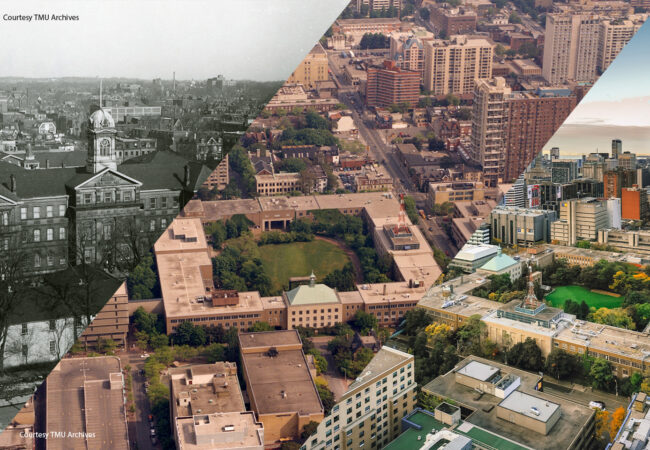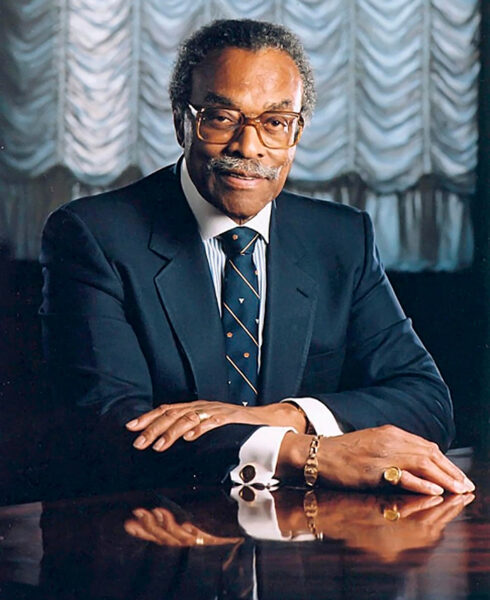As students prepared for remote learning last fall, the Faculty of Science introduced augmented reality and holograms to biology and chemistry online labs. It partnered with alumnus Paul Duffy (Applied Computer Science ’89), president of NexTech AR Solutions, to create an augmented reality remote education platform called Ryerson Augmented Learning Experience (RALE).
The RALE virtual labs include collaborative Zoom sessions with lab technicians and student lab partners, along with AR lab exercises that allow students to project into their home the materials required for experiments.
“Students were trying to reach behind their phones to grab the objects. It gave them a greater sense of what was going on,” said Faculty of Science Dean David Cramb. “At least in Western education, we’re so visually based that anything we can do to simulate the tactile nature of the material will enhance the experience for students. Everyone would agree that you have to do science to understand it for real.”
Incorporating some form of AR in student labs is here to stay, as Cramb says the platform can be used to enhance textbook readings and lab manuals, making teaching and learning a more visual experience.
“The RALE platform allows students to transcend time and geography,” says Duffy—something that’s become a necessity in the post-pandemic culture. RALE allows faculty members to transform what would have been a 2D experience into a lab with an experiential component. What’s more, the format and flow of the learning can iteratively improve since it uses machine learning based on the data it gathers to deep learn which experiences are best for students.





